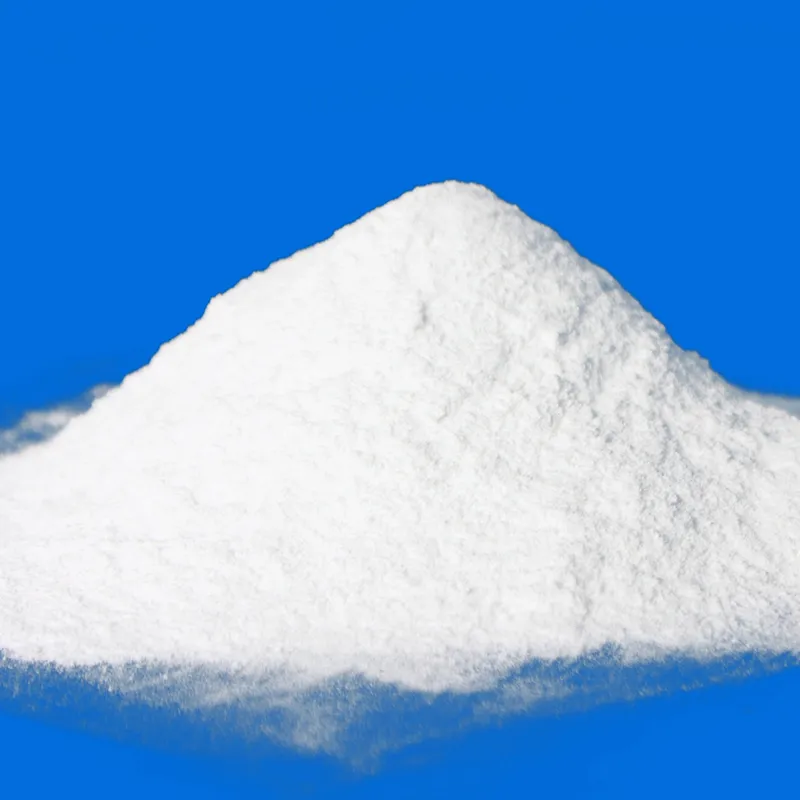
monosodium glutamate use
The Use of Monosodium Glutamate A Flavor Enhancer in Culinary Arts
Monosodium glutamate (MSG) is a flavor enhancer that has been a topic of debate and discussion since its rise in popularity in the mid-20th century. A sodium salt of glutamic acid, an amino acid found naturally in many foods, MSG is widely used in cooking to amplify the umami taste, which is one of the five basic tastes alongside sweet, sour, bitter, and salty. Understanding the use of MSG, its benefits, and the controversies surrounding it can provide deeper insights into its role in culinary practices and food industries.
The Use of Monosodium Glutamate A Flavor Enhancer in Culinary Arts
One of the most significant advantages of using MSG is its ability to enhance flavors without the need for additional salt. In a world where high sodium intake is linked to health issues such as hypertension and cardiovascular diseases, MSG presents a viable alternative for flavor enhancement, potentially reducing the overall sodium levels in dishes. Many chefs and food manufacturers have recognized this benefit, incorporating MSG into their recipes to create more flavor while maintaining health-conscious standards.
monosodium glutamate use

Despite its widespread use, MSG has faced scrutiny and skepticism, particularly concerning its safety and potential health effects. In the late 20th century, various anecdotal reports suggested that MSG consumption could lead to symptoms such as headaches, nausea, and other adverse reactions, a phenomenon often referred to as Chinese restaurant syndrome. These concerns led to extensive research, and numerous studies have investigated the effects of MSG on health. The consensus among health organizations, including the Food and Drug Administration (FDA) and the World Health Organization (WHO), is that MSG is generally recognized as safe when consumed in moderate amounts. However, individual sensitivities do exist, and some people may experience adverse effects after consuming foods with MSG.
In the food industry, MSG is often used in the form of a seasoning or condiment. Its ability to enhance flavors has made it a popular ingredient in pre-packaged meals, snack foods, and culinary sauces. Many manufacturers label their products to indicate MSG content, allowing consumers to make informed decisions based on their preferences and health considerations. For those who prefer to avoid MSG, alternatives such as herbs, spices, and natural umami-rich foods can serve as substitutes to enhance flavor without the use of synthetic additives.
In recent years, the trend towards clean eating and natural ingredients has led some consumers to shun MSG, advocating for more traditional seasoning methods. Nevertheless, the culinary world remains divided, with some chefs embracing its flavor-enhancing qualities while others distance themselves from it entirely. The dialogue surrounding MSG reflects broader patterns in food culture and highlights the continuous evolution of dietary preferences and health considerations.
In summary, monosodium glutamate serves as a powerful tool in both home kitchens and professional culinary settings, offering a way to enhance food flavors while potentially reducing sodium content. Its classification as safe by reputable health organizations underscores its validity as a culinary ingredient, although individual sensitivities must be respected. As eating habits evolve, the use of MSG will likely continue to be a topic of interest, straddling the line between tradition and innovation in the world of gastronomy.
-
The Safety Challenges of Ammonium Nitrate FertilizerNewsJun.26,2025
-
The Critical Role of Mining ChemicalsNewsJun.26,2025
-
Shelf Life of Glacial Acetic Acid Food GradeNewsJun.26,2025
-
Enhancing PVC Longevity with 1,2,3-Benzotriazole InnovationsNewsJun.26,2025
-
China’s Dominance in Food Additive ProductionNewsJun.26,2025
-
Can Aluminum Hydroxide Replace More Toxic Alternatives?NewsJun.26,2025
-
PE and PP Plastics with Benzotriazole AdditivesNewsJun.12,2025
Hebei Tenger Chemical Technology Co., Ltd. focuses on the chemical industry and is committed to the export service of chemical raw materials.
-

view more DiethanolisopropanolamineIn the ever-growing field of chemical solutions, diethanolisopropanolamine (DEIPA) stands out as a versatile and important compound. Due to its unique chemical structure and properties, DEIPA is of interest to various industries including construction, personal care, and agriculture. -

view more TriisopropanolamineTriisopropanolamine (TIPA) alkanol amine substance, is a kind of alcohol amine compound with amino and alcohol hydroxyl, and because of its molecules contains both amino and hydroxyl. -

view more Tetramethyl Thiuram DisulfideTetramethyl thiuram disulfide, also known as TMTD, is a white to light-yellow powder with a distinct sulfur-like odor. It is soluble in organic solvents such as benzene, acetone, and ethyl acetate, making it highly versatile for use in different formulations. TMTD is known for its excellent vulcanization acceleration properties, which makes it a key ingredient in the production of rubber products. Additionally, it acts as an effective fungicide and bactericide, making it valuable in agricultural applications. Its high purity and stability ensure consistent performance, making it a preferred choice for manufacturers across various industries.











